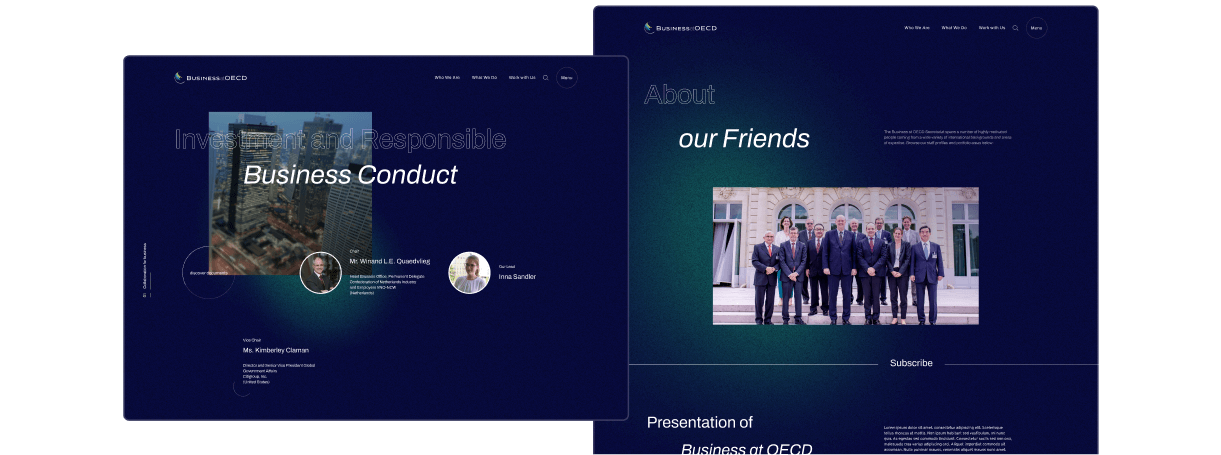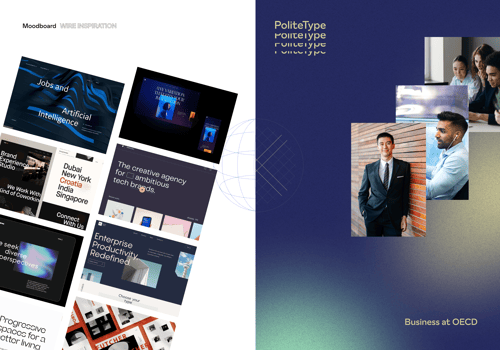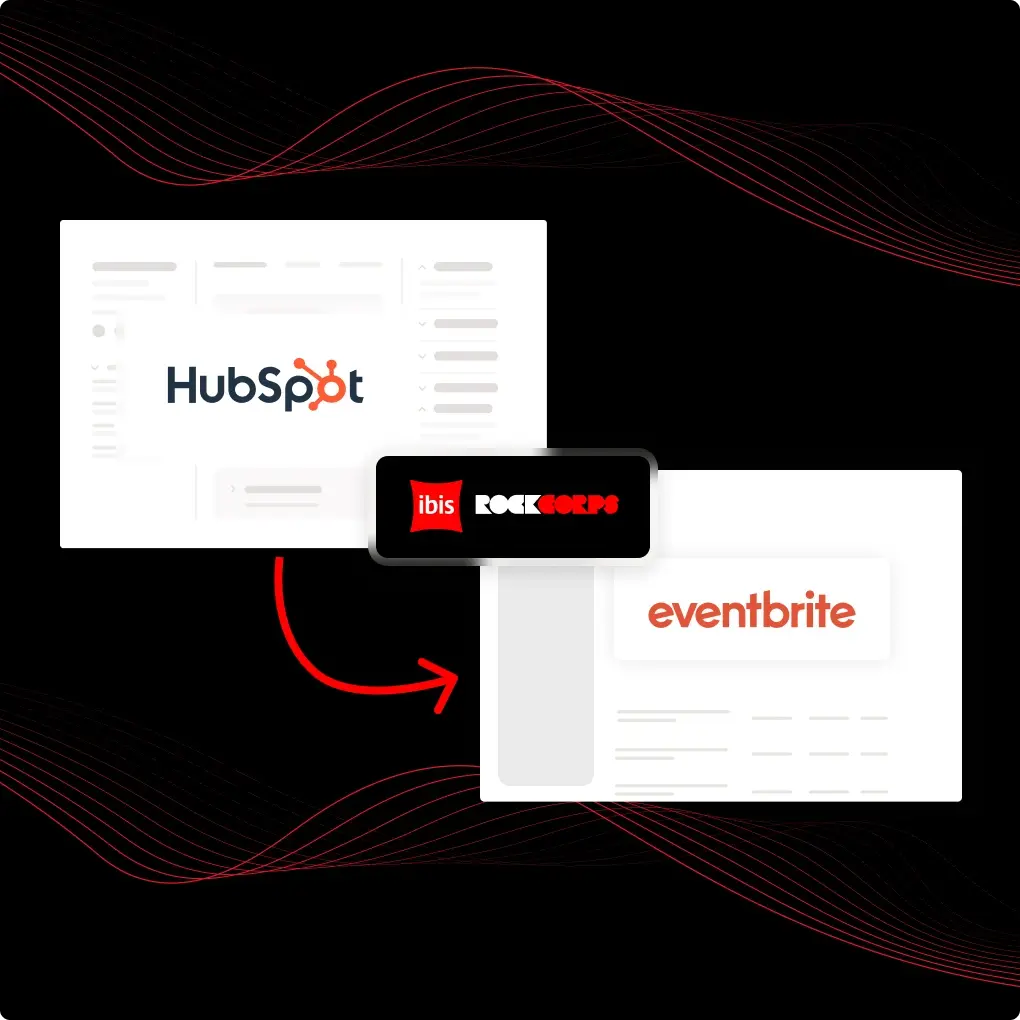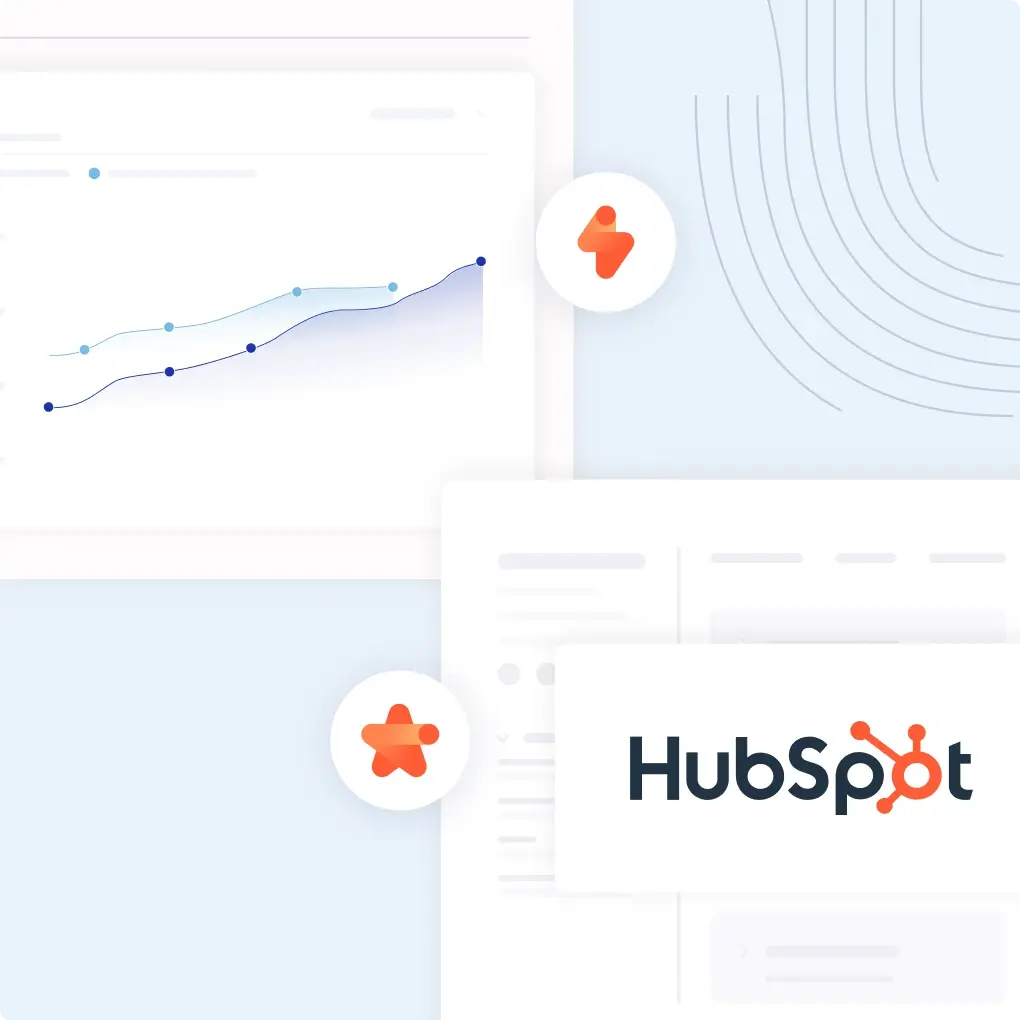Web Design
Develop your target audience
Solutions
Web Design
Develop your target audience
Marketing Acquisition
Convert more qualified contacts
CRM integration
Generate more business
Précédent
Web Design
Website audit
Identify areas for improvement
Conversion website
Convert your audience
HubSpot CMS theme
Redesign your site quickly
Front-End development
Create a powerful website
Website maintenance
Ensure regular performance
API & Synchronisation
Optimize your functionalities
Précédent
Marketing Acquisition
Inbound Marketing Campaign
Attract opportunities
Copywriting strategies
Captivate your prospects
Marketing Automation
Industrialize your tasks
Email marketing
Get the right message across
SEO strategy
Be #1 on Google
Marketing dashboard
Make the right decisions
Google Ads
Capture your audience
Social media strategy
Control your e-reputation
Précédent
CRM integration
HubSpot CRM integration
Centralize your data
Sales dashboard
Make the right decisions
HubSpot CRM migration
Migrate your data
Sales Automation
Eliminate manual actions
Data segmentation
Target your sales sequences
Aircall telephony installation
Maintain your customer relations
Customer service
Retain your existing customers
CRM maintenance
Keep your CRM data up to date
Agency
Agency
We support business growth through the acquisition of new customers.
HubSpot
HubSpot Expertise
Discover our HubSpot services
HubSpot CRM Platform
Discover HubSpot hubs
Précédent
HubSpot Expertise
Fermer
Que recherchez-vous ?
Suggestions populaires
Inbound Marketing
CRM
HubSpot
Business at OECD

Résumer cet article avec :

About
More than 250 employees
Paris, France
Foreign Affairs
HubSpot Softwares
Marketing Hub
Sales Hub
Service Hub
Content Hub
Operation Hub
Business at OECD needs to increase its visibility on the web. With this in mind, the international organization chose to completely overhaul its platform using Hubspot CMS. This study provides a detailed behind-the-scenes look at the creation of a website that borrows the codes of creative marketing.
Founded in 1962, Business at OECD is an international policy organization contributing to the growth and development of companies in all sectors. Connecting multinationals and SMEs with OECD member governments, it promotes competitive economies and sustainable business practices.
About Business at OECD :
Through its website, Business at OECD reaches out to people from all over the world and from a variety of backgrounds: corporate decision-makers, professional organizations, governments and the media. A reality that drives them to develop a creative and innovative website, dedicated to all their personas. Against this backdrop, the international organization chose to completely overhaul its platform using Hubspot CMS, thanks to Make the Grade.
The 3 major challenges of this site redesign :
For any site redesign project, it's essential to define key stages, covering both design and development.
Before even beginning to design the site, it was essential to carry out an inspirational benchmark. This benchmark will be carried out in 3 phases. The aim is to identify all the areas for improvement and the most effective techniques for boosting the site's activity.
First part: a competitive benchmark
The idea is to situate the site in relation to its competitors, identify their comparative advantages and pinpoint areas for improvement. The aim is not to copy the methods used, but above all to analyze Business at OECD's own challenges. Where are your weaknesses? For example, are you having trouble finding visuals that will make an impact on your audience? You can use a benchmark to analyze the competition and understand their practices.
It's also an opportunity to keep up to date with new market trends, so you can apply them to your website.
Part two: a functional benchmark
For this second stage, we identified the most effective web functionalities and practices for visitors. Those that serve their objectives and bring real added value, or on the contrary those that complicate the user journey. This analysis enabled our teams to deploy functions that satisfied user needs and were capable of generating engagement.
Third part: a design benchmark
The final part of the benchmark concerned design and ergonomics. As Business at OECD wanted to create a single platform, the visual identity issues were crucial. Above all, we had to think about an interface that would stand out from the crowd, at every level of the site. This included all elements of the graphic charter, such as titles, call buttons, colors, fonts, etc.
This global benchmark can be useful for all the issues encountered when creating a site:
It's a method not to be overlooked if you want to improve the performance and quality of your website.
We then began to build a moodboard, in order to draw up a design vision and anticipate future graphic layouts.
By analyzing best web practices, we gathered the most innovative elements for this project. The creation of a moodboard enabled the design team to share exactly what they had in mind with the client. Inspiring site templates, fonts, photographs, color palettes, and other graphic parameters according to the organization's needs.

The design and development teams faced a major challenge in meeting Business at OECD's expectations. The organization wanted to stand out from the crowd, with an animated and creative site featuring numerous animations. However, targeting a broad category of people, the question of accessibility arose. Not all structures have the same knowledge of digital technology. Solutions had to be put in place to ensure that behaviors were as easy to interpret and logical as possible. To achieve this, several 3D animations were created. The aim was to enable the customer to preview the pages and get an idea of the final rendering. These animations included :
A problem also arose with the "Policy Groups" page. This page includes a large number of categories, all of which needed to be visible. The only option was a list system, with a hover concept, to keep things lively and encourage the user to interact. This hover concept was also used for other pages on the website.
To celebrate its 60th anniversary, Business at OECD wanted a special page. A landing page in the form of a timeline, presenting all the organization's key dates, was therefore designed. As you scroll down the page, each date adapts to the content and images, making for more pleasant reading.
Once all the graphics and motions had been validated, all that remained was to integrate the page templates. In contrast to an inbound marketing strategy, here the graphic aspect took precedence. With advanced motions and animations, development and design times were consequently impacted. As a result of the developers' work, the Business at OECD teams now have a site that meets their expectations. A site that is both institutional, promoting the organization's image, easy to use, and above all unique in its creative aspect.
Last but not least, the release of the site. The teams followed a very precise process to ensure that the launch would be perfect. First phase: the tagging plan. This enables us to collect visitor data and track their actions and visits. To optimize this tagging plan and SEO, it's important to work on all the platform's content: call-to-actions, alternative tags, forms, keywords, etc.
The second phase of this site release is the redirection plan. In a site redesign project, this involves redirecting all old pages to the new equivalent. Having identified all the URLs in the old site's tree structure, we were able to define their new equivalent and create the redirects. By neglecting this task, we would have run several risks for the Business at OECD site:
Finally, the grand finale before going live: acceptance testing. To ensure that the site meets the customer's expectations, we analyze all deliverables in three categories:
This site redesign enabled the Business at OECD teams to benefit from a unique, tailor-made platform. More than 50 pages were published, all designed to make the site as lively as possible, and to meet a major creative challenge. If you too are considering a redesign project, take a look at a selection of websites created with Hubspot CMS.
Our customer talks about his project
"We first got in touch with Make the Grade last year. We met Clara, our Account Manager, who has been the mainstay of this collaboration. In terms of web design, Killian has captured our inspiration perfectly. The animations he created are impressive. Finally, we didn't make life easy for the development teams, but Marin was able to meet our expectations perfectly. The end result is a website we're very happy with. Many thanks to Make the Grade!"... Plus

Jack Bowerman
Communication Coordinator chez Business at OECD

The services provided
Team Growth Marketing
Ces cas d'études pourraient vous intéresser

49 871
comptes créés
215
projets synchronisés entre Eventbrite et HubSpot


4
interviews internes focus sur les métiers marketing, ops et management.
30
recommandations personnalisées, documentées et priorisées.

Your needs
Do you have a project?
We test, we iterate and we're constantly on the lookout. To exceed your B2B growth targets, there's no magic formula, just method, challenge and know-how.
Contact our expertspages published on the site
Tailor-made motions
flexible modules designed and developed on animated models